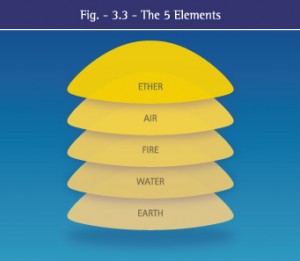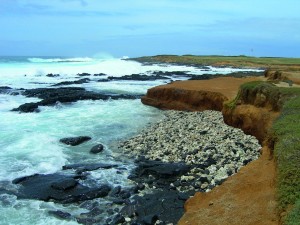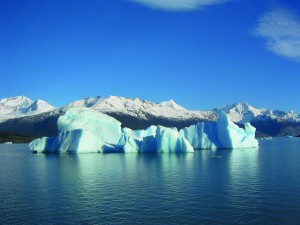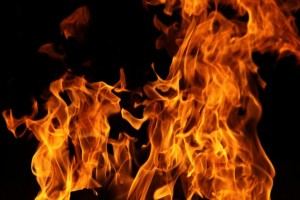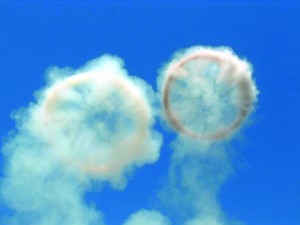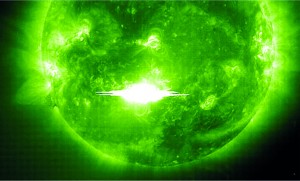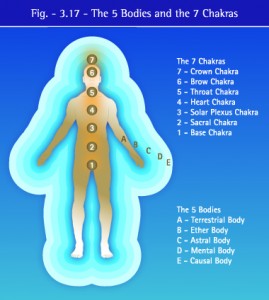The 5 Elements
The five elements are also an image and expression of the spiritual world that has simply taken a deeply materialized form, or in other words, strongly condensed vibrations.
Earth
Earth is a collective term for solid matter – everything that is formed of minerals and rock. So it means not only the earth that lies in the upper humus layer of the planet, but any form of matter made of minerals. Most of the 4,000 or so minerals known today are inorganic, but the most common are the 30 so-called rock-forming minerals. Crystallized minerals have an outwardly fixed geometric shape with well-defined natural surfaces that form consistent angles with each other and a well-organized atomic structure that arises from repeated sequences. On the basis of symmetry, seven crystal systems have been distinguished: the cubic, the hexagonal, the trigonal, the tetragonal, the orthorhombic, the monoclinic and the triclinic.
Water
Water is the term for the liquid matter from which all life comes. The water molecule is geometrically angled so that the two hydrogen atoms and the two electron pairs form the corners of an imaginary tetrahedron. From a scientific point of view, water (H2O) is a chemical compound of the elements of hydrogen (H) and oxygen (O), but it cannot be manufactured. In its liquid state, it is called “water”, in its frozen state “ice” and in its gaseous state “steam”. This makes H2O the only chemical compound that can be found on earth in all three states. The water supply on earth amounts to approximately 1.386 billion cubic kilometers, of which 1.338 billion cubic kilometers is salt water in the oceans. Only 48 million cubic kilometers, or 3.5% of the world’s water, is fresh water. Around 24.4 million cubic kilometers (1.77%) is collected as ice at the poles. Groundwater makes up 23.4 million cubic kilometers. The rest of the water in rivers and lakes is negligible in quantity.
Fire
Fire is the term for the transformation of matter; in the burning of organic materials, the existing hydrocarbons are transformed into carbon dioxide and water by an excess of oxygen. Chemical burning and flame formation also generates light and heat. From a chemical point of view, fire is therefore a pure oxidation reaction with a flame manifestation. Physically defined, fire is an exothermic reaction: it releases more energy than is required to ignite the fire.
The use of fire by primates has been shown to be 300,000 years old, but it was probably used 800,000 years ago in the times of Homo Erectus, who probably first learned to tame wildfires, then to maintain fire and finally to ignite it himself. Without fire, human development would have taken a decidedly different course; it provided illumination and heat at night, protection from wild animals, ease of food preparation and later, the production of clay vessels and finally metal production and processing.
Air
Air is a collective term for gaseous matter, that is, all volatilizing substances in the earth’s atmosphere that are, in their natural condition, odorless and tasteless. From a chemical point of view, air is composed primarily of two gases: nitrogen (78%) and oxygen (21%). It also contains argon, carbon dioxide, hydrogen and water vapor, which together make up less than 1%.
Oxygen contained in air is vital for all aerobic land-based life forms. People and animals require it for respiration and plants require the carbon dioxide contained in air for photosynthesis; it is their only source of carbon dioxide.
The largest current change in the composition of air and thus the greatest threat to survival of all forms of life, is the increase in carbon dioxide, has risen by 40% since the beginning of industrialization, about 200 years ago. This carbon dioxide, due to the greenhouse effect, is also one of the main causes of global warming (see page 634).
Ether
Ether is the term for spiritual conversion and the connection to matter and for the penetrability and distribution of light and vibrations and thus of information and warmth. In 1690, Christiaan Huygens formulated the first undulation theory of light, according to which light ether permeated matter just as it did the empty space of the universe. Isaac Newton reported that the wave theory of ether could explain neither the linear propagation nor the polarization of light. That is why he assumed that light consists of particles or corpuscles. He retained the corpuscular concept of light in his work “Opticks” (1704), but combined it with ether, which he thought was responsible for heat transfer. Augustin Jean Fresnel developed the theory, which remains current, of optical manifestations on the basis of light ether, which maintains that ether behaves like an elastic solid body when interacting with transverse waves.
Corresponding five elements in the human body
The comparison between the macrocosm of the earth and the microcosm of the human body is also fascinating:
Earth = body 20%
Water = water and blood flow 80%
Fire = heart and divine spark
Air = lungs and oxygen
Ether = mind and soul
The elements also correspond to the five bodies, which are linked by the seven chakras (ether).
Note:
There are various models of the elements, some containing four, others five elements, which are nevertheless similar, such as:
– Greek four-element model
– Greek five-element model (with ether)
– Indian Vedic five-element model (space, air, fire, water, earth)
– Chinese five-element model (fire, metal, earth, wood, water)
This is just a small excerpt from the book GAIA LEGACY.

